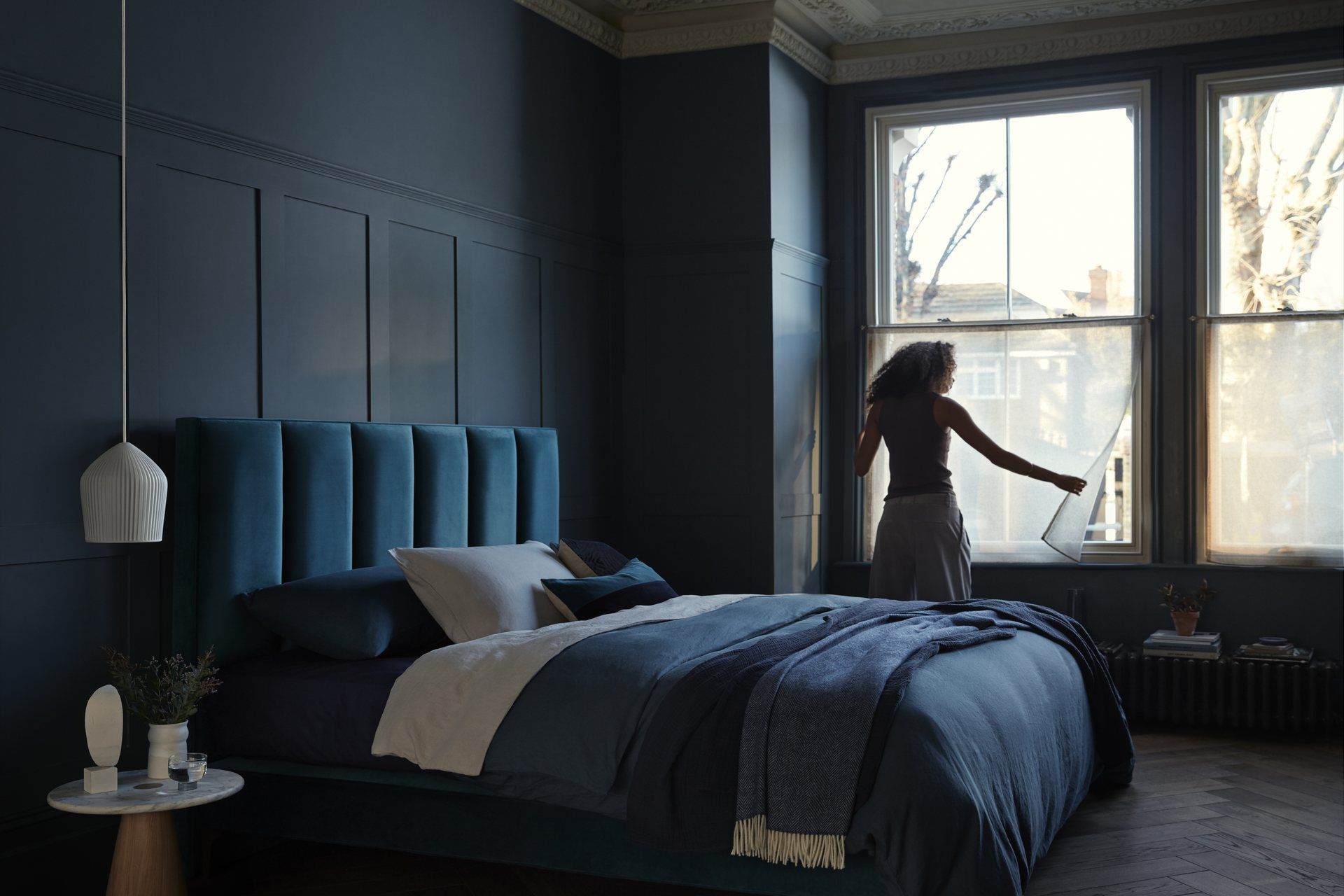Creating a Sleep-Friendly Environment for Kids
A conducive sleep environment is crucial for children’s restful nights and overall well-being. This article explores practical tips for parents to enhance their children's sleep settings, from optimizing room temperature to minimizing distractions and incorporating calming routines.
The Importance of a Sleep-Friendly Environment
Creating a sleep-friendly environment is essential for children to achieve quality rest. A well-designed sleep space can significantly impact a child's ability to fall asleep and stay asleep throughout the night. Factors such as room temperature, light levels, and noise can influence a child's sleep patterns, making it necessary for parents to pay attention to these elements.
Optimize Room Conditions
One of the first steps in crafting a sleep-friendly environment is to ensure that the bedroom is dark, quiet, and cool. Studies suggest that a room temperature between 68°F to 72°F is ideal for sleep. Parents can use blackout curtains to block out light, which helps regulate the body's internal clock, signaling that it is time to rest.
Choose the Right Mattress
A comfortable mattress is foundational to a good night’s sleep. For children, having the right support can prevent discomfort and restlessness. The Vispring Regal Superb Mattress serves as an excellent choice, with luxurious fillings of Shetland wool, British fleece wool, and cotton combined with hand-teased South American horsetail. This mattress is designed to provide optimal support and comfort, ensuring that children wake up rejuvenated and ready for the day.

Experience a truly comfortable sleep experience with the Vispring Regal Superb. The luxurious fillings and customizable firmness levels ensure the perfect fit for your child's needs.
Minimize Distractions
To promote a restful sleep environment, it is crucial to minimize distractions in the bedroom. This includes limiting screen time before bed. The blue light emitted by devices can interfere with the production of melatonin, a hormone that regulates sleep. Establishing a no-screen rule at least an hour before bedtime can help children unwind and prepare for sleep.
Incorporate Calming Routines
Incorporating a consistent bedtime routine can signal to children that it is time to wind down. Activities such as reading a book, gentle stretching, or engaging in calming music can help ease them into sleep. Creating a soothing atmosphere with soft lighting and quiet activities can make a significant difference in how quickly a child falls asleep.
Historical Perspectives on Sleep and Children
Throughout history, the approach to children's sleep has evolved, influenced by cultural norms and scientific understanding.
1. Benjamin Franklin (1706-1790)
Benjamin Franklin, one of the Founding Fathers of the United States, famously advocated for early rising and its benefits to health and productivity. His emphasis on balance in daily routines highlights the importance of sleep hygiene that remains relevant today.
2. Dr. Benjamin Spock (1903-1998)
Dr. Benjamin Spock revolutionized parenting advice in the mid-20th century with his book, "The Common Sense Book of Baby and Child Care." He emphasized the importance of understanding a child's needs, including their need for sleep and how it affects behavior and development.
3. Dr. Matthew Walker (1972-Present)
In recent years, Dr. Matthew Walker, a sleep scientist and author of "Why We Sleep," has brought attention to the critical role of sleep in health and development. His research underscores how essential quality sleep is for children’s cognitive function and emotional regulation.
Conclusion
Overall, fostering a sleep-friendly environment for children is not just about ensuring they sleep well; it is about investing in their overall health and well-being. By optimizing room conditions, choosing the right mattress like the Vispring Regal Superb Mattress, minimizing distractions, and incorporating calming routines, parents can create a sanctuary that promotes restorative sleep. The benefits of such an environment are far-reaching, impacting mood, behavior, and overall development.


